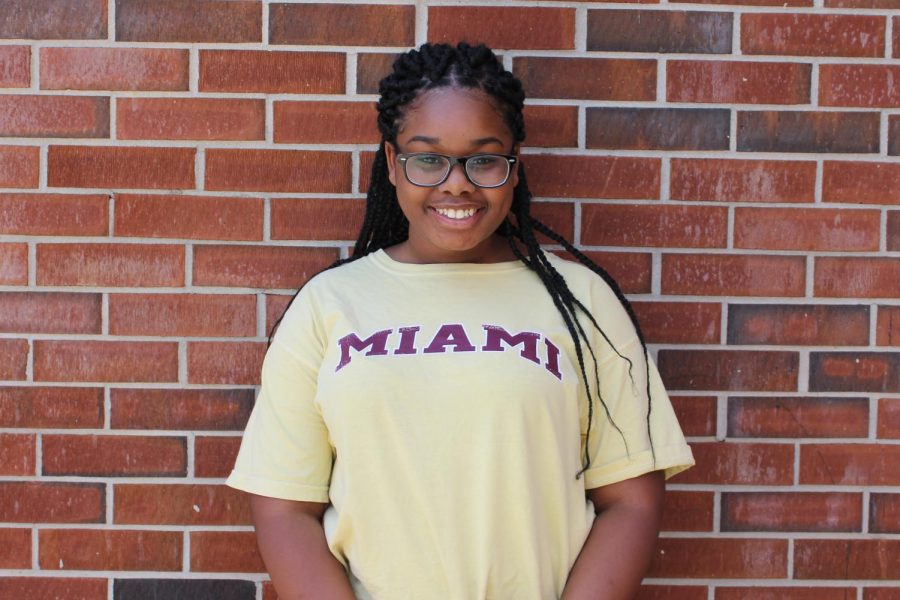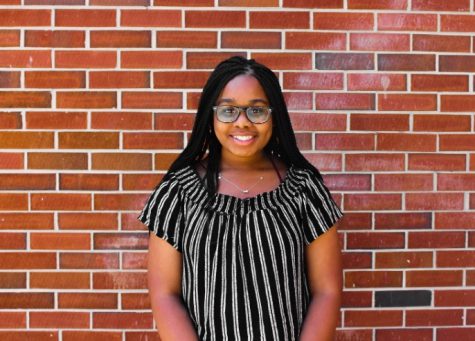Teachers carrying firearms causes tensions
May 16, 2019
Teachers go to college and prepare for their careers, later becoming aware of their job requirements. Among these duties required, they must create and deliver lesson plans for their students. Other teachers go even farther and develop relationships with their students; they do not, however, expect the carrying of firearms as part of their responsibilities.
Lawmakers have concluded that allowing teachers to carry guns provides for a safer school environment. Those agreeing with this sentiment argue that enabling teachers to carry guns would eliminate the risk of creating a vulnerable school environment.
“Teachers who choose to arm themselves would need to undergo training and evaluation. Proponents of the measure say that teachers who carry guns could help stop armed attackers who threaten schools, and they note that oftentimes several minutes elapse before law enforcement arrives on the scene in response to a shooting,” staff writer for the U.S News and World Report Claire Hansen said.
Still, the already extensive duties of teachers undergo changes as they face another daunting task of protecting their students through the use of firearms.
“The new gun law in Florida is a little bit scary. I agree schools definitely need to be safer, but I don’t know that arming teachers is the best way to do that. If that were to happen in Georgia, I would hope that there would be very strict oversight on what that’s going to look like. Personally, I don’t think that is something that I would be comfortable with,” Honors American Literature teacher Alexandra Yeganegi said.
With protecting students and teachers, lawmakers must consider the toll and impact, that comes with allowing guns in schools.
“The Orange County School Board was so opposed [to altering the guardian law] that on March 12 it unanimously passed a resolution stating its opposition to the proposal. The resolution said arming teachers would add to the responsibilities of ‘already overburdened teachers’ and raise the possibility a student could access a teacher’s gun, creating a risk ‘where no risk currently exists’,” writer for the Orlando Sentinel Leslie Postal said.
The Parkland shooting tragedy prompted students and parents to call for action, demanding a change in gun rights to become stricter and allowing for less access to firearms. Lawmakers instead did the opposite, believing that increasing guns in schools allowed a safer environment for students. Prior to the bill proposing arming teachers, Florida lawmakers decided on the ‘guardian’ program that armed specific school staff members and prevented classroom teachers from carrying firearms with exceptions. School districts would also choose to participate in the program.
“Among the chief concerns for lawmakers from Florida cities was that minority students in areas plagued with gun violence would feel unsafe in schools with armed teachers. In contrast, lawmakers from rural areas said arming staff added a layer of security to schools located far from law enforcement,” New York Times reporter Patricia Mazzei said.
Student protesters took to the Florida Capitol to prevent the bill from passing. Despite the student’s efforts, on May 1, Florida lawmakers approved the bill.
“There would have to be background checks [as] it wouldn’t be safe because if a student knows where the gun is located and they have access to it, it would be a safety hazard,” Magnet Junior Estefany Perdomo-Montoya said.
Users took their disagreement against the bill to social media to share their opinions and also pointed out that the new proposal places black students at a higher risk of danger, specifically in predominantly white schools.
“We are talking about black boys and girls who are getting murdered by police officers…there are bad police officers and there are bad teachers,” Florida House of Representatives member Shevrin D. Jones said.
Justified incidents of police brutality only sour matters further as black parents already see the new law as a threat to their children.
“If you’re a black parent in Florida, I’d just homeschool your kid at this point [be]cause all it takes is one racist teacher to shoot your kid and they’ll find a way to justify it,” Twitter user iWorkTheHardest said.
The inability to pass restrictions on the law highlight possible future issues that put these minorities at risk as they lack protection from the continuing bias.
“Representative Shevrin D. Jones, a Democrat who is African-American, tried unsuccessfully to pass a pair of amendments on the House floor on Tuesday aimed at protecting children from the possibility that an armed teacher in a chaotic situation could assume that a black student was a threat,” Mazzei said.
The altered guardian law proposal also comes with resistance from other Florida school districts and residents.
“Here in Florida, teachers are allowed to carry guns in schools but they lack the knowledge of handling guns and they’re not trained to use one. It is also too expensive to do so,” Florida resident Nadia Pierre said.
The direct impact of the law passing makes the reaction from schools and their opposition expected.
“Most in Central Florida aren’t interested, however, saying they want law-enforcement officers to be the only armed people on their campuses. Local districts have hired more school officers to comply with the 2018 law. Critics argued it could increase the risk of accidental shootings and create a ‘police state’ atmosphere on campuses,” writer for the Orlando Weekly Ana Ceballos said.
Issues with the guardian bill and training already exist as a teacher training for the program accidentally fired a gun, hurting a student.
Enforcing regulations that eliminate bias and ensure the safety of all students without introducing more guns leads to an efficient solution. Before lawmakers decide on passing bills that change the school environment for students, they should work together with community members and prioritize the safety of their students.







